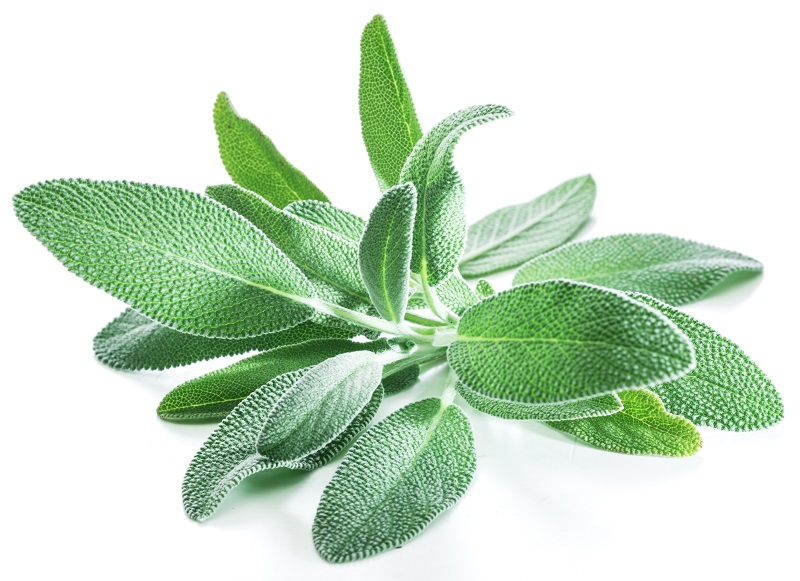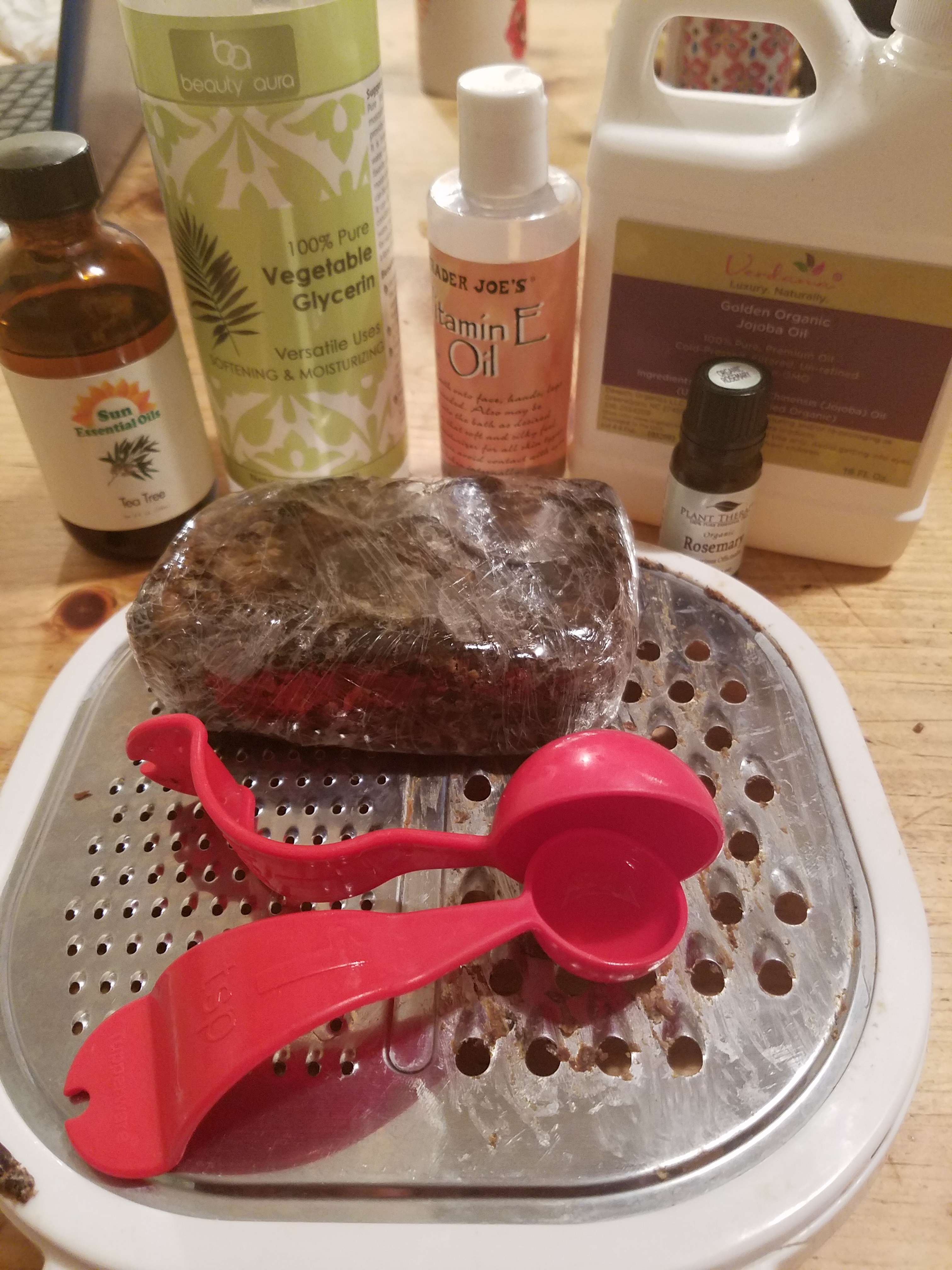Never did I imagine that products geared towards natural black hair would replace chemical relaxers as the next addiction for black women. We’ve gone from saying no to creamy crack to saying yes to anything that claims to be for black natural hair. How did we not see this coming? Was it because the natural hair movement was so new and everyone was so excited to be apart of it? Were we too busy fighting amongst ourselves because we had cliques of naturals who were extreme, others who were in the middle, and others who were spot on with their views on natural hair? Or were we too busy fighting with pro-relaxer stylists who knew the natural hair movement was costing them money and clients so they went out of their way to discourage black women from going natural?
I’d say it was a mixture of all of the above. While we were busy trying to get the message out that chemical relaxers are bad for our bodies and fighting amongst ourselves, beauty companies were sitting back watching and figuring out how they could profit off of the natural hair movement. Black women – if you haven’t already noticed, we generate a lot of money for these beauty companies because of our spending habits. We spare no expense when it comes to our hair, and these companies know this. That is why it was so easy for them to swoop in and figure out what we were looking for in hair products, and then create sub-par or out right trash products full of harmful chemicals to sell to us. And to top it all off, they make sure they use words like “Natural, Organic, For Natural Hair, Shea Butter, Jojoba Oil, Olive Oil”, on their product labels. We took the bait – hook, line and sinker.
This is no different than fast food restaurants and liquor stores being strategically inserted into poor inner cities across the country instead of health food stores or healthy restaurant chains. And then doctors wonder why black people and other minorities are so unhealthy, overweight and dying from cancer at such higher rates than white people. This is all by design. They make more money off of us being sick than healthy. These beauty companies don’t care about black women going bald, getting cancer, having painful fibroid tumors, or young black girls getting their periods too early because of years of using harmful chemical relaxers. And they don’t care about using harmful chemicals in products that are geared toward black women with natural hair.
It’s a shame that being natural isn’t a simple, easy thing to do for all black women, because it should be. At this point in the game, everything comes down to choice. There’s enough information out there for us to educate ourselves. Google is free. We’ve all heard the reports of how harmful chemical relaxers are. And with these hair relaxer/cancer lawsuits that are being advertised all over social media, it’s hard for anyone to say that they didn’t know or haven’t heard about any of this. But if you decide to go natural, you still have choices to make. You have to be very careful about what products you choose to put on your hair and scalp. You need to read labels and understand which chemicals are harmful and which are good.
This is why I advocate for natural DIY remedies when it comes to caring for natural hair. When you make it yourself, you know exactly what you are putting on your hair. You have complete control, and if something goes wrong you only have yourself to blame. If something goes right then you can pat yourself on the back and be proud of yourself. I grew up with a natural hair guru, my mother, who knew the natural remedies to use on our hair to keep our hair healthy, and they worked. Our hair grew, our hair was free from split ends, and our hair was healthy. I get that not everyone wants to make things themselves. But it is an option that should be explored, and it can save you a lot of money from buying expensive products.





















